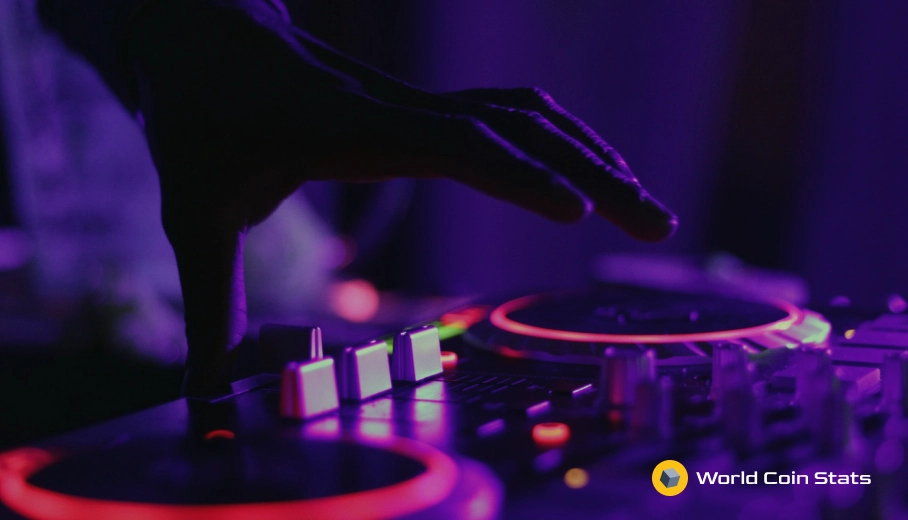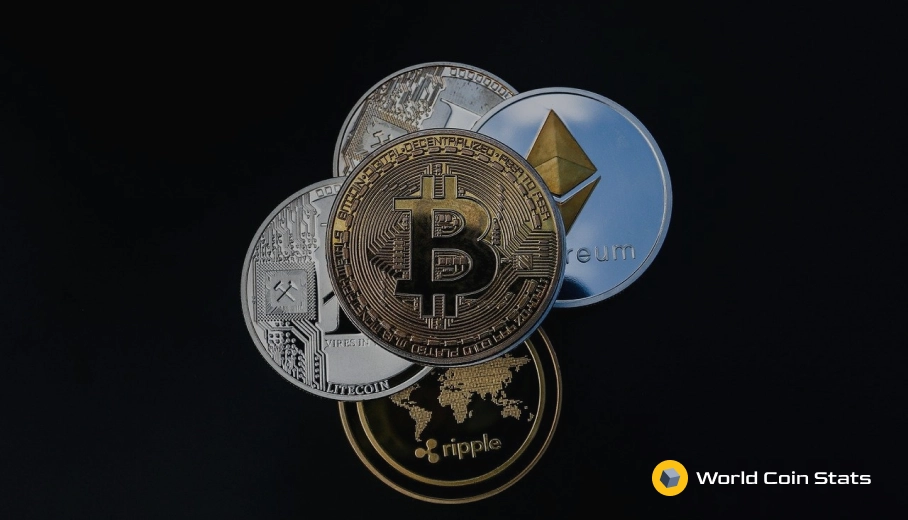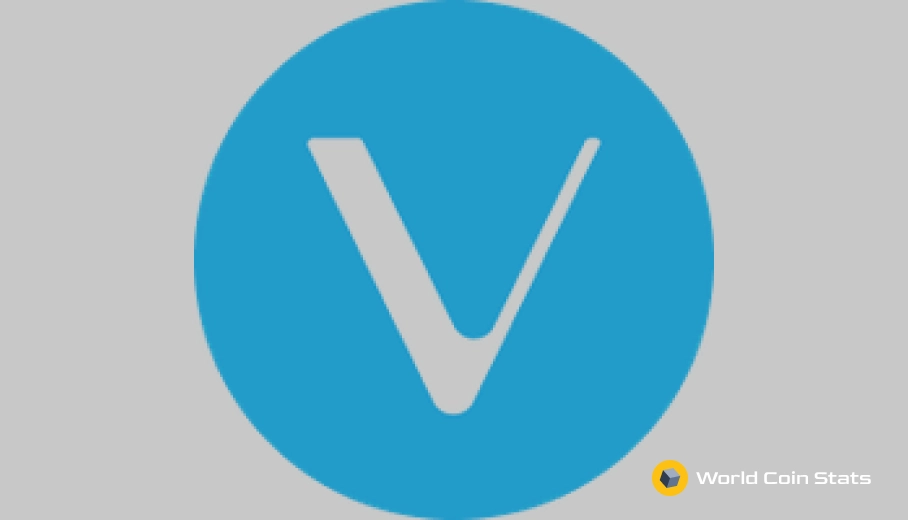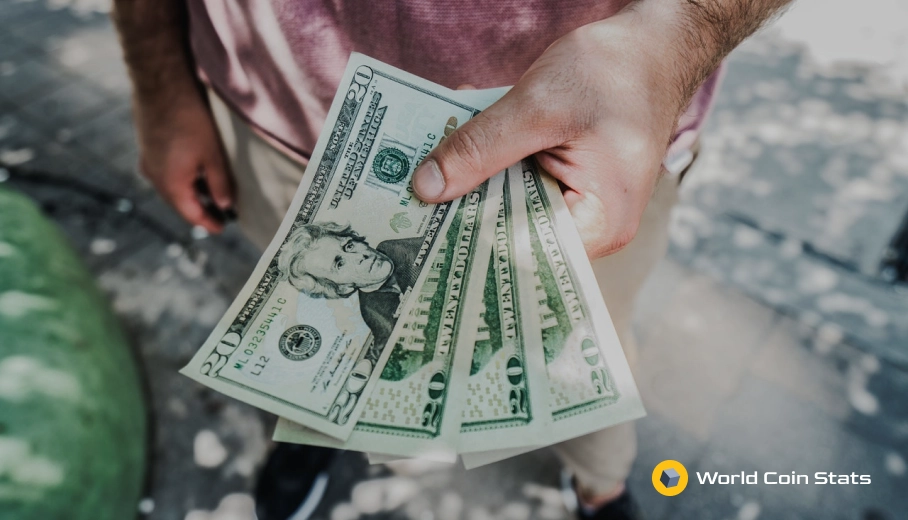The Music Industry Discovers NFTs
The internet has not been friendly to the music industry over the past two decades – piracy has decimated the industry compared to the heyday in pre-Internet. However, that has changed with the extremely recent push with non-fungible tokens (NFTs).
Anyway, this article will explain how NFTs work and how NFTs will change the music industry as we know it.
NFTs Explained
NFTs are a fairly simple concept to understand. They aren’t even a new concept, either.
If you remember the CryptoKitties craze in 2017 that brought the Ethereum blockchain to a standstill, then you probably have some familiarity with NFTs.
For those that are not yet aware, NFTs are simply unique cryptocurrency tokens (non-fungible). This means that each token is different from the other as opposed to fungible cryptocurrencies like bitcoin and Ether where each token is identical and essentially the same as the other token.
So, how do unique cryptocurrency tokens relate to items in meatspace?
Basically, these tokens are publicly stored on the blockchain, which means that they can be tracked. You can think of a non-fungible token as the digital version of the #1 edition of a comic book or an original piece of art.
Now, what has happened is that various industries have discovered they can digitize this aspect. Essentially, they have turned a commodity (ie. music) into something that has a unique property to it (ie. being the only official NFT of that commodity on the blockchain).
As we will cover in the next section, this is a huge development for many different industries, but it’s especially relevant for the extremely popular, yet somewhat commodified, music industry.
The Music Industry Discovers NFTs
You might be wondering how the music industry could benefit from NFTs. Fortunately, there is no need to worry because the music industry has already benefited from the proliferation of NFTs. This section will cover some current examples of musicians utilizing NFTs and the future of this industry.
Jacques Greene Sells The Rights to His Song as an NFT
Canadian electronic music artist Jacques Greene recently stated that he finished a “pretty bad publishing deal” on Twitter. However, instead of signing another bad publishing deal, Greene elected to become an independent artist and sell the rights to an upcoming song as an NFT.
That’s right, Greene is selling the rights to his song as an NFT on the Ethereum blockchain. In fact, Greene has already sold the rights as an NFT via auction.
He received $23,000 for the song rights.
Anyone with $23,000 could have won that auction. A superfan, record company, or NFT investor.
That’s not the important part.
What’s important is that if the song becomes extremely popular, which seems likely based on the publicity it has received, the value of that NFT will increase.
Remember, it’s the only official NFT of the song on the blockchain. That NFT also gives the owner the rights to the song.
That’s the important part – the rights to the song have been digitized and turned into an NFT that can be freely traded on the blockchain.
Now, the NFT of Greene’s song does not have any revenue sharing or royalty stipulations. But that doesn’t mean it’s not possible – Greene simply elected to not include revenue or royalties in the NFT.
Since it is possible, that means that music NFTs could turn into a sort of public exchange of a normally very exclusive industry (remember The Beatles song rights fiasco?).
We really like this model for giving fans and artists a little bit more control and access to an extremely centralized industry.
3LAU Creates an NFT Platform
Justin David Blau, known as 3LAU, is a relatively popular American EDM artist that is one of the pioneers of the nascent NFT industry.
3LAU has actually been releasing NFTs for years prior to 2021. However, he received a lot of mainstream attention when he decided to release 33 vinyl NFTs for the 3rd anniversary of the release of his best selling album – Ultraviolet.
It’s even more interesting than that, though.
3LAU also announced the creation of his own platform and marketplace that allows him to sell the NFTs. Even better is that the NFTs are more than just a digital token – the NFT owner will receive unreleased songs, meatspace vinyl, and the opportunity to create a song with 3LAU.
You can think of 3LAU’s NFT as an extreme value add for the otherwise commodified music. Artists like 3LAU have realized that there is an entire market for more than just music. In the case of 3LAU, the NFT allows a way to maximize revenue for what is essentially a fan experience.
The difference between 3LAU’s NFT and a more traditional fan experience is that the NFT lives forever on the Ethereum blockchain. In fact, it does not actually “exist” on 3LAU’s marketplace – it’s on the Ethereum blockchain.
This means that the owner can sell the NFT, place it in a digital trophy case, or do anything they want with it.
It’s digitizing an experience (and item) that is not typically digitized.
So, how did the auction pan out for 3LAU?
He sold $11 million worth of NFTs over the 3 day auction.
We must say it worked out well for him, which will certainly raise the eyebrows of many musicians.
Catalog: A Platform for Music NFTs
Not everyone will be like 3LAU and create their own platform to sell their NFTs. It’s simply unrealistic and out of reach for all but the most financially secure artists.
Fortunately, there is an answer to that – Catalog.
Catalog is a platform for musicians to create their own NFTs by creating an official, verifiable NFT for their music.
Things get interesting with Catalog because the artists have the ability to code an artist fee at the time of pressing. This fee means they collect a percentage every time the NFT is sold after the original release.
This will be popular as it will give artists the ability to profit from their work as it increases in value over time.
Remember, an artist in the traditional music model industry model does not typically receive any revenue for their earlier work. If they do receive revenue from their early work, then it will almost certainly be less money than they would receive from the artist fee from the after-market trading of their NFT.
Finally, Catalog is not the NFT itself. In other words, the NFT will still exist even if Catalog disappears, which greatly reduces the risk to all parties involved.
Audilus: NFT Streaming?
The previous sections covered how artists can utilize NFTs for one time sales, but that ignores the market that makes the artist famous in the first place.
Streaming.
Audilus has created an answer to that. This Ethereum protocol is just another streaming platform on the surface – a great feature that makes it easy for average listeners to adopt.
The magic behind Audilus is on the backend of the platform.
Audlius works by encouraging musicians to upload their music to nodes on the Ethereum blockchain. The platform then uses these nodes to create a streaming platform on the regular internet.
Sounds simple, right?
That’s just the beginning. The interesting part is the monetization. Spotify pays artists a flat fee per listen, which is boring and leaves a lot of value on the table for both the artist and the listener.
Audilus has the potential to change that with the monetization options available to it because it’s on the blockchain. Some of these monetization methods include the obvious like tipping artists and paying a fee per listen.
But things get interesting when you remember that smart contracts allow pretty much anything to happen.
How about a different guitar solo for listeners that tip a certain amount? Or a revenue share on a song or album for the first 10 listeners to tip a certain amount? Or a stream that only plays in certain cities?
The possibilities are nearly endless with Audilus.
That’s not even the best part, though.
The best part, by far, is that the entire platform is decentralized because it’s on the blockchain. This means that anyone can develop a mainnet protocol that calls the blockchain nodes that contain the music if the nodes are still running.
In simple terms, the music lives forever on the platform with or without Audilus. And anyone can create an alternative “skin” to Audilus right now.
We like decentralization like that. This level of decentralization would essentially destroy Spotify and other music streaming options. And it would also allow for a censorship free platform with more benefits for artists and listeners.
There are literally no downsides to this model other than the lack of content on the platform, but that will surely change as more musicians become familiar with the platform and as monetization is rolled out.
Why Someone Buys a Music NFT
This is an extremely new industry, and that means there are still a lot of misunderstandings about how it works.
Most people currently view digital content as a commodity. For instance, there is nothing different from playing “Blinding Lights” on YouTube or Spotify as long as the music hits your ears.
As we mentioned earlier, NFTs change that because they give people a one-of-a-kind online token. You can view them as owning an original studio vinyl, but the online version.
In our opinion, a music NFT is even more valuable than that for a few reasons.
The first one is that the NFT has a much larger audience than an original studio vinyl. You can put an original studio vinyl in your home to look at, but collectors typically purchase those one-of-a-kind products to show off.
In that case, an NFT has a much larger audience. You can place them in your own digital museum for a start, but that’s just the beginning.
Imagine hyper realistic virtual reality (VR). You could have a digital NFT displayed in your own VR home. Now, wouldn’t that be cool?
If you have seen the 2018 movie Ready Player One (or read the book by the same name), then you will have an idea about potential uses for NFTs.
The other reason a music NFT will be more valuable than a meatspace vinyl is that an NFT often has valuable benefits attached to it. Remember the benefits attached to the 3LAU NFTs?
That is only scratching the surface of some of the value adding benefits that will be attached to NFTs.
Final Thoughts
We only scratched the surface on how NFTs will revolutionize the music industry. There are even more avenues for NFTs than just music. Ticketing, live shows, memorabilia, and other merchandise will also likely have an NFT component to them at some point in the future.
This is truly the ground floor of a technology that will revolutionize an industry. It will become even more apparent when hyper realistic VR is eventually released in the next decade.
As mentioned previously, Ready Player One offers a good vision of how NFTs could become something more valuable than just digital tokens appearing on our screen.




